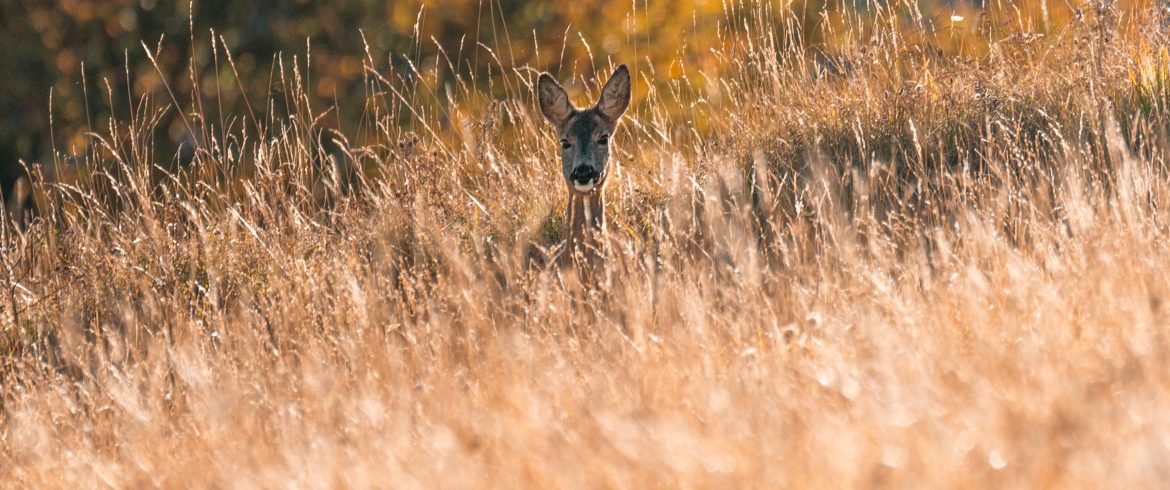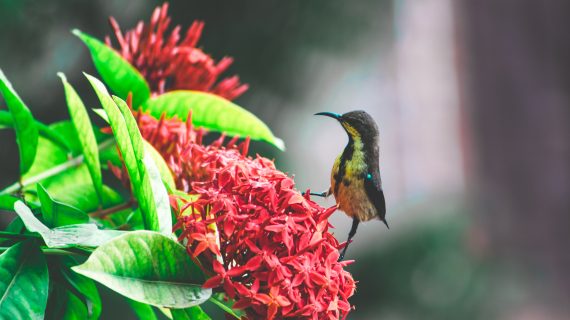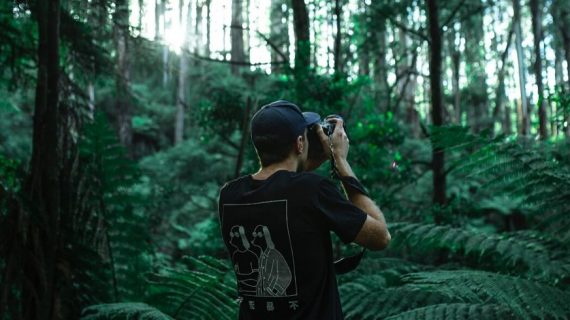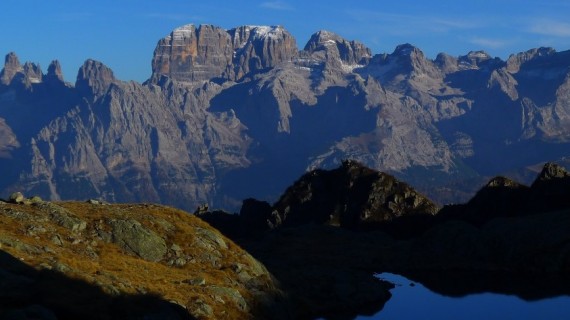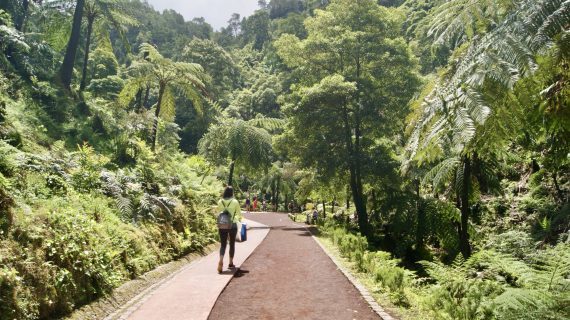Are you planning to step out into the world of wildlife photography? Well, it can be quite challenging because you always have to be ready to photograph animals in their environment. As a beginner looking to try out wildlife photography, it can be hard to know where to turn and how best to develop your skill sets from the start. The key to being a great wildlife photographer is patience, getting a good camera and gear for your shoot, understanding the animals, and using excellent photography techniques.
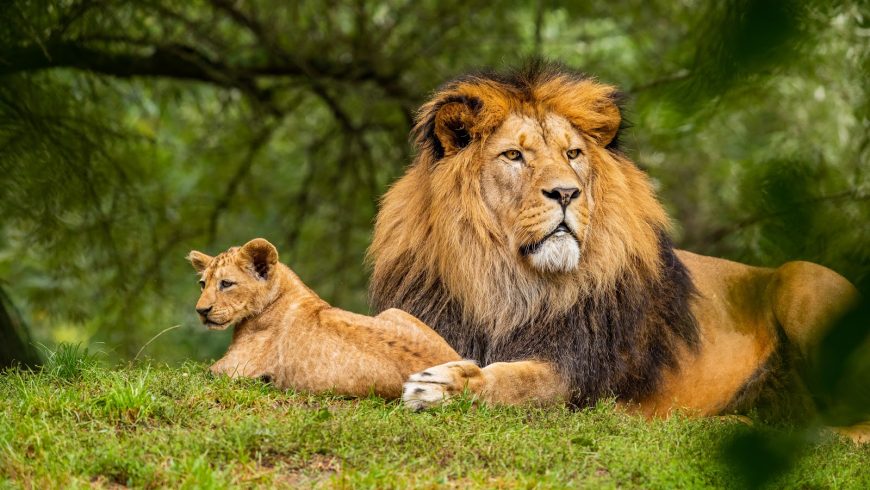
What is Wildlife Photography?
Wildlife photography is a genre that documents various forms of wildlife in their natural habitat. There is a lot of skill involved in being an excellent wildlife photographer. A great wildlife photographer is like a lonesome creature, spending a lot of time behind the camera alone and waiting for the perfect moment to arise. Oftentimes the photographer is involved in understanding animal behavior in order to predict and anticipate situations to capture stunning images.

Beginners Guide for Wildlife Photography
In your journey to photograph and capture the beauty of mother nature, it is essential that you understand and prepare yourself before you step out into the wild. Educated yourself in the field of photography and understand the industry. By preparing yourself and doing necessary homework, you will never reach a situation and be clueless.
Invest in a Good Camera
In order to start your career in wildlife photography, a digital camera such as a DSLR is needed to capture high-quality photos of wild animals. Before you buy a camera it is necessary that the camera should have features that will benefit you in your work. A burst feature is essential as it allows you to photograph multiple frames per second and catch the right moments such as a bird flying off. A fast shutter will have a major impact on the quality of your image. Another essential feature is autofocus that allows you to capture fast-moving animals. Another factor you should consider in your camera is ISO. While typically a better quality image is produced at lower ISO, you will want to find a camera that can produce a great quality image at a high ISO. With all this in mind, ShotKit has put together a selection of recommended cameras to capture wildlife.
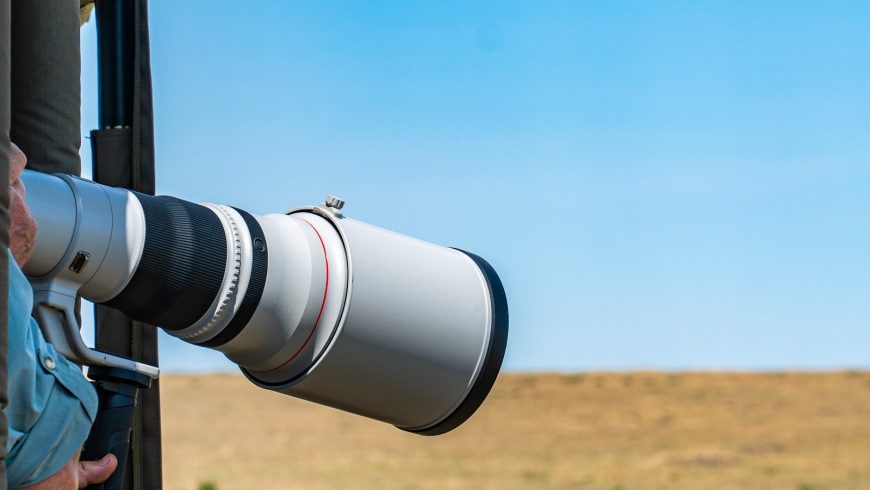
Pack your Gear
Packing for a photographic outing can be stressful and it is very easy to lose focus and overpack due to fear of missing a piece of gear. Research is the key to almost everything in wildlife photography. Before you leave, research the animals and scenes that you might encounter and decide what gear goes best with it. Overpacking will just weigh you down and what was supposed to be an enjoyable trip. You will find yourself in uncomfortable situations and not enjoy what you love. There is no secret formula and a true all-in-one lens to cover every situation. Depending on your subject you can consider the type of lens needed and make the best use of whatever lens you have when in the wild. At the same time understand the limitations of your kit, so that you will have realistic expectations and avoid disappointment.
A Good Bag
If you aren’t able to comfortably carry your gear with you, all the planning that you have done will mean nothing. Find a camera bag that can carry the gear you need easily and is equally comfortable on your body. Bags range greatly in price and quality, but you usually get what you pay for. For added peace of mind, you might consider a bag that is semi-waterproof or water-resistant. Find a bag that fits your body, your gear, and your planned outing so that you can have a much more enjoyable experience.
Know your Subject
For a beginner, it is a good place to start in your own backyard or local park. Learning about animals in your areas such as daily habits, mating rituals, and most important the time they are the most active. It is a great way to prepare yourself and understand the animals in your area. Wildlife photography needs time and dedication. So, start searching on Google how the animals you photograph live their lives to be able to capture some amazing pictures. For example, a giveaway that a bird is about to take flight is that it will lean forward slightly on its perch. This is a sign that you should be ready.

You have to Zoom Always
Not able to get close enough is one of the biggest frustrations when you’re a beginner in the world of wildlife photography. Filling the frame is great but you can also consider shooting from a wider lens. If you can’t get close to an animal for whatever reason, make the best of a bad situation and opt for a shot that incorporates the surroundings.
Prepare to Wait
Wildlife photographers go to extreme lengths to achieve prize-winning shots. You will need to be patient and wait for the magic to happen. Animals will do what they want to do. It’s not like shooting people and asking them to pose the way you want. They will live their life as they please, you will have to study their routines and watch every movement. So have your camera ready to shoot. Some will wait for weeks in freezing temperatures or return to locations over a period of time to capture rare fleeting phenomena.
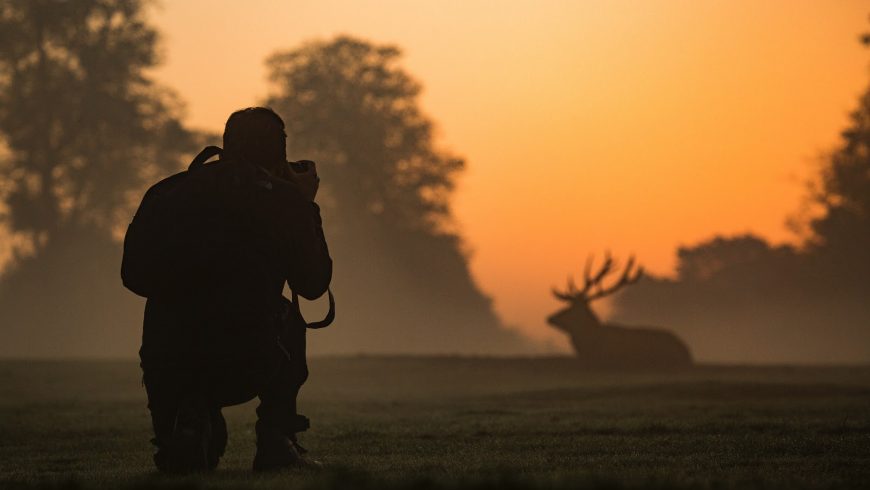
Conclusion
It is an ever-changing career and styles and techniques keep changing. That means you need to learn to adapt to your surrounding and perfecting new techniques throughout your career. Remember it takes hundreds and thousands of images to find a couple of good ones. Just keep shooting and don’t give up! Wildlife photography requires dedication and time, but if you have the patience then you will succeed.
Frequently Asked Questions:
- Wildlife photography tips
- Wildlife photography tips for beginners
- Tips and tricks for wildlife photographers
Cover image: photo by Federico Di Dio photography, via Unsplash
